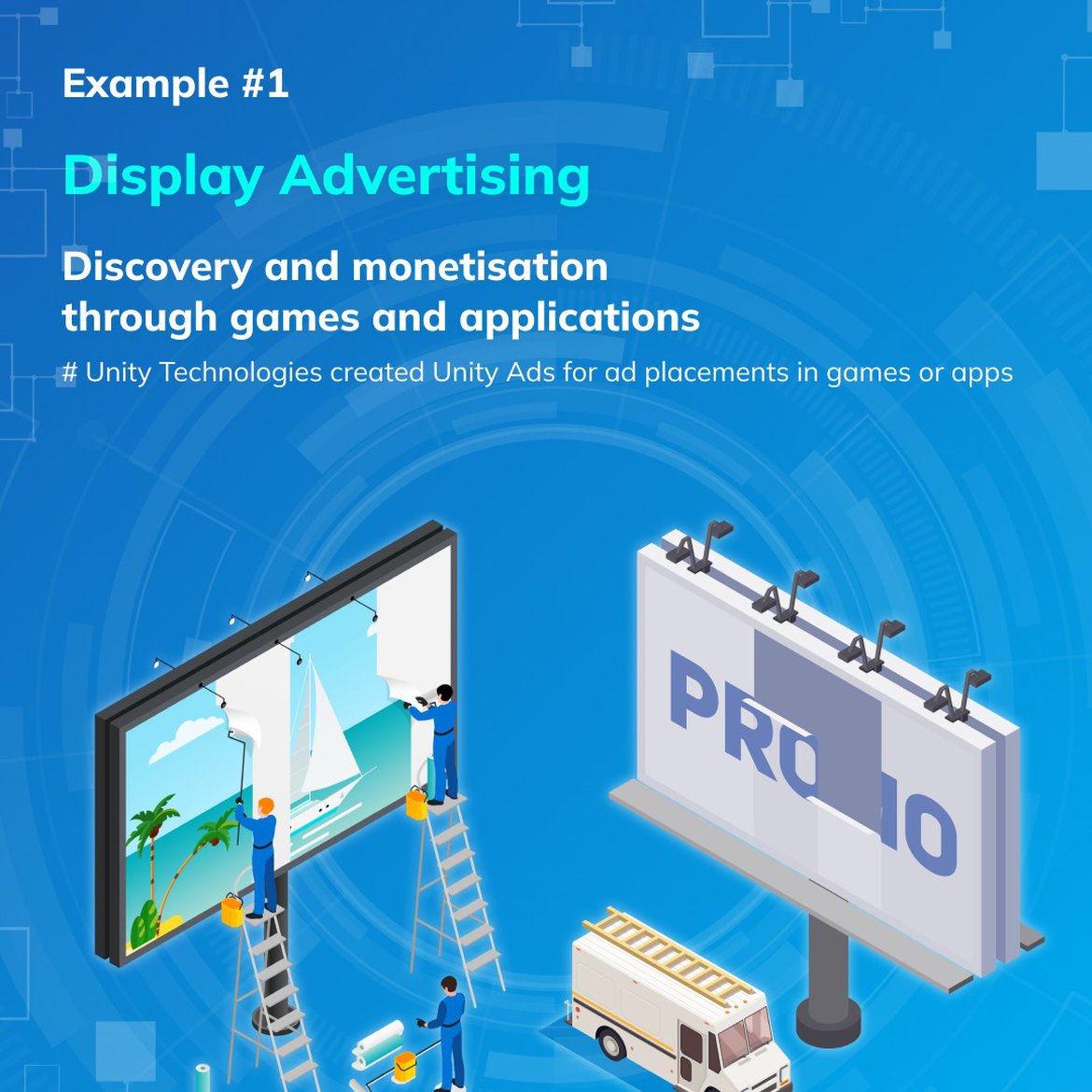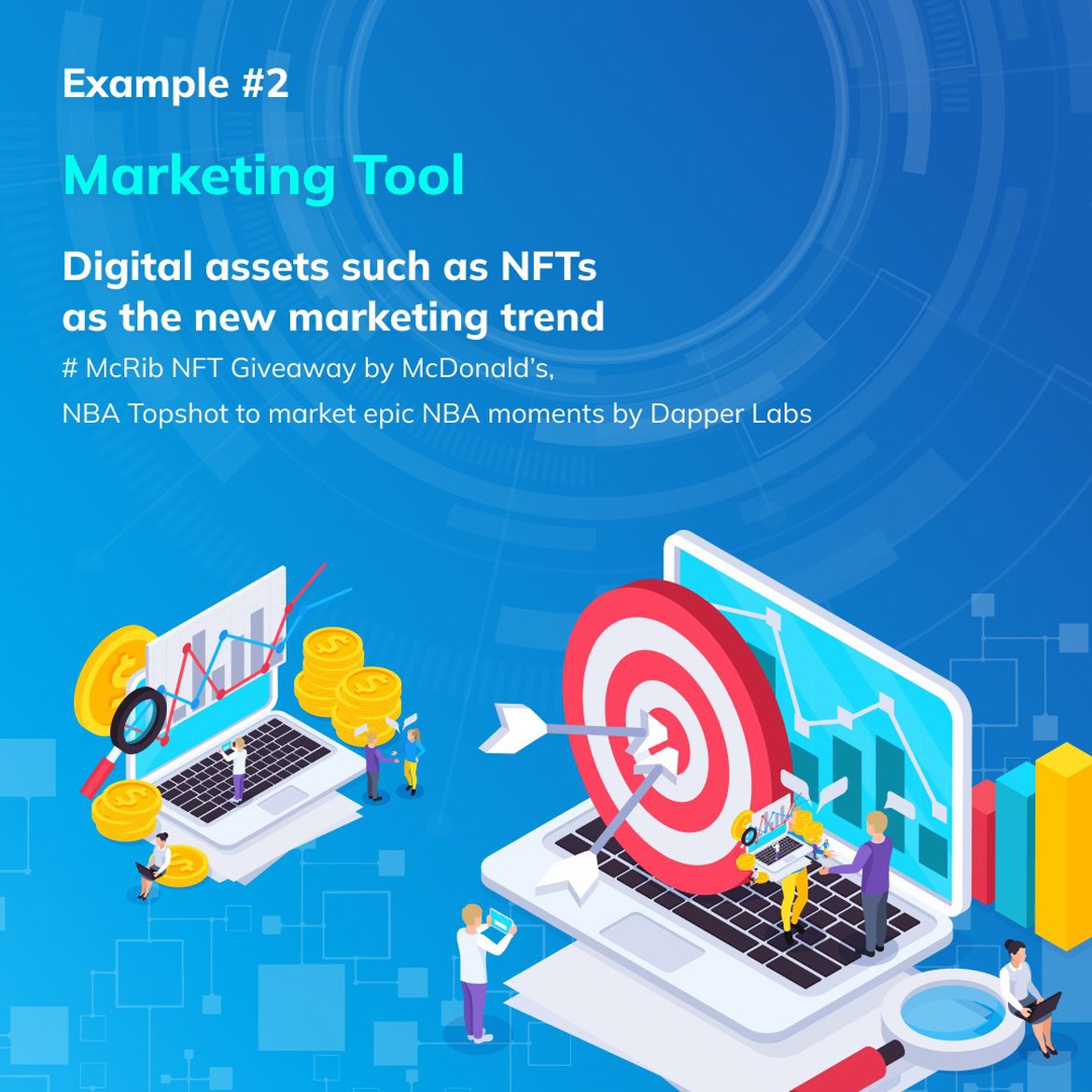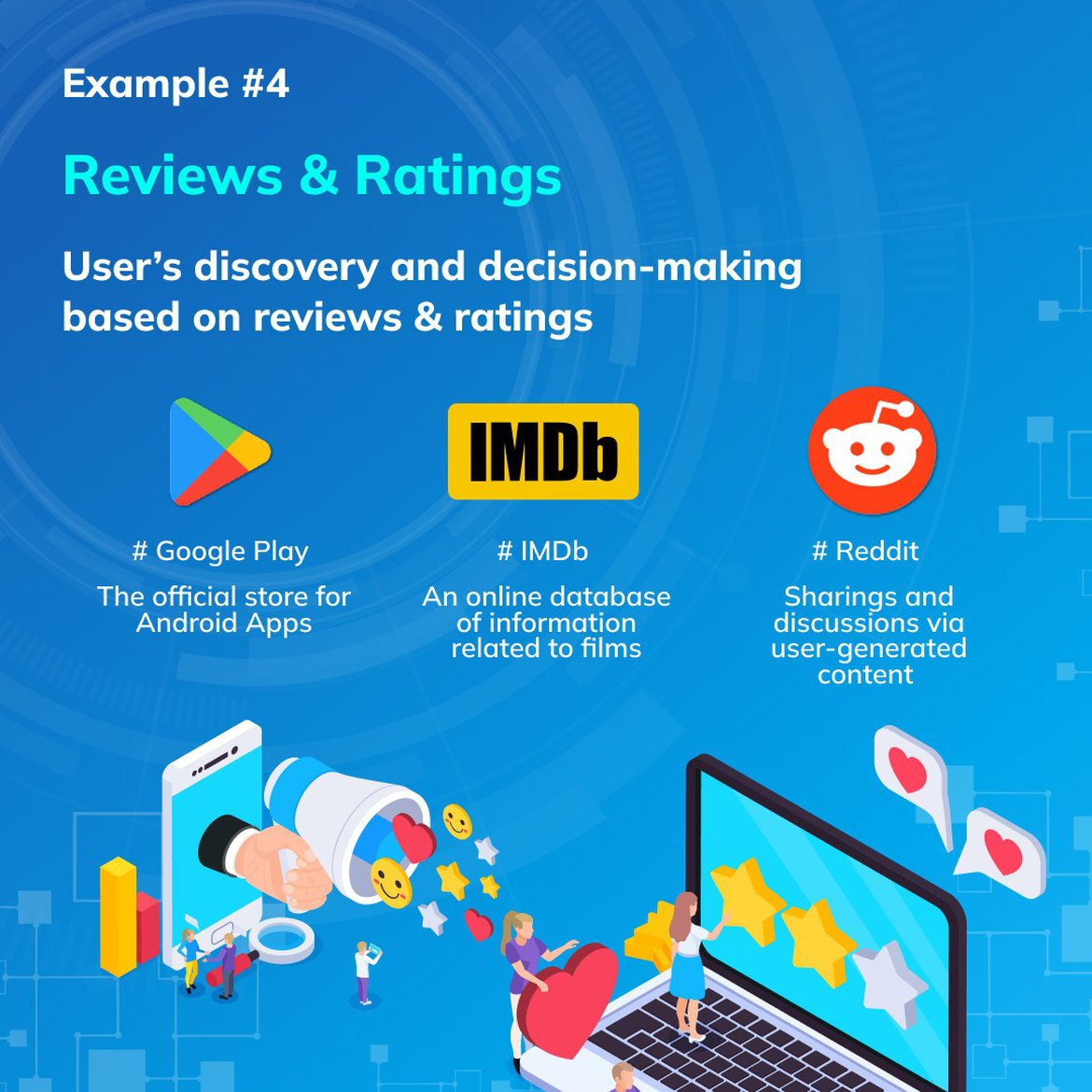
The 7 layers of metaverse means different things to different people. Some sees it as something that already exists, while others see it as the next evolution of the internet known as Web3 or Web 3.0. So, what is the metaverse exactly?
Throughout the posts, we’ll be looking into each layers in more details. Now, let’s take a look at layer 2—Discovery.

Level 2 is discovery, which consists of ad networks, social curation, recommendations, ratings, stores, agents, etc. This layer refers to the process of introducing new experiences to users.
In general, this layer of discovery can be classified as either inbound or outbound. While inbound discovery includes community content platforms where people can discover what other people like and recommend, outbound discovery includes marketing content such as emails, notifications display ads.

Example #1
Games have long been one of the most used ways to place ads. If you are a huge fan of mobile games, you can probably recall unlocking certain game features by watching ads in the app itself. This is just one example as there are many other ways ads can be incorporated into games nowadays. Through this, players are exposed to brands, products and promotions while playing games.
One of the interesting companies to venture and capitalize on this layer of Discovery is Unity Technologies. The creation of Unity Ads allows game publishers to transform their games into revenue-generating apps. They provide a solution to ad placements in games and apps while finding and acquiring the right players to grow their user base. How it works is that it lets advertisers run ad campaigns through their games or apps which will then be seen by millions of people each day.

Example #2
Community-driven content may be crucial for metaverse marketing. In this rising era of content creators and influencers, content sharing will be largely connected to the metaverse context.
The early examples are non-fungible tokens (NFTs) that have been flooding the internet feed lately. Digital assets such as these are being used by brands as a marketing tool and have proven to be a great way to boost community engagement while showing potential to advance further in the metaverse.
For instance, McDonald’s launched its first-ever NFT as a part of its giveaway to celebrate the 40th anniversary of McRib’s. Dapper Labs created NBA Topshot as a marketplace to trade cool moments from NBA history as NFTs.

Example #3
Real-time presence is also a central aspect of discovery. It can be a channel for users to discover new things such as games, music, products and more.
Some of the video game services such as Steam and Xbox already have the features for gamers to see what their counterparts are doing in real-time. Spotify, a music streaming platform, added a feature where the users can see what their friends are listening to at the moment. Even Twitter launched a tool for live audio conversations called Spaces.
These types of social interactions will be possible in the metaverse through various shared experiences.

Example #4
Another type of community-driven content is reviews and ratings. Today, online reviews and ratings are fundamental tools used to choose where to shop, eat, visit, and more. Deemed as a more cost-effective way of discovery than most forms of marketing, it is likely that the metaverse will enhance this exchange in context and boost marketing efficiency.
For instance, users can view the performance of each application on Google Play by checking reviews from other users. With the metaverse concept integrated, reviews and ratings will be presented in a more detailed and immersive way for users to get a better picture of what they are looking for.
原文:https://www.facebook.com/iZyooPlatform/photos/pcb.5114621015271736/5114614335272404
-
The Metaverse Explained, Layer by Layer - Layer 5:Decentralization
by justin May 13, 2022
-
The Metaverse Explained, Layer by Layer - Layer 4: Spatial Computing
by justin May 13, 2022
-
The Metaverse Explained, Layer by Layer - Layer 3: Creator Economy
by justin May 13, 2022
-
The Metaverse Explained, Layer by Layer - Layer 1: Experience
by justin May 13, 2022

